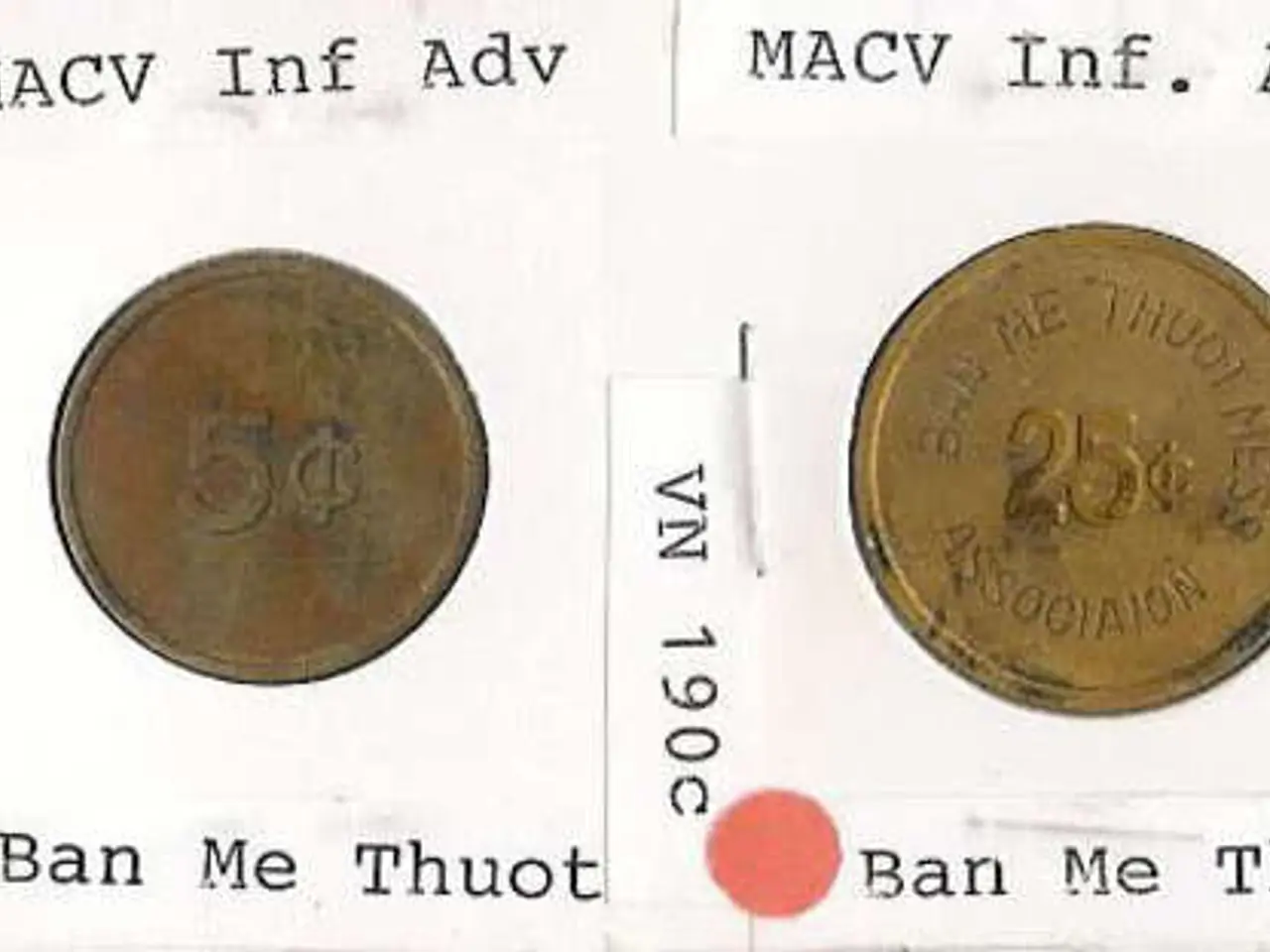Stock market reaffirms small dip from historic highs as a bustling week unfolds
The U.S. economy continues to demonstrate resilience, with strong GDP growth, favourable labor market trends, rising consumer confidence, and contained inflation.
In a recent development, the U.S. economy grew at about a 3.0% pace in Q2 2025, exceeding economists’ expectations and rebounding from previous contraction. This robust economic activity, despite tariffs and trade tensions, indicates the economy's resilience amid ongoing negotiations with China and Federal Reserve interest rate decisions.
Job growth remains solid, though somewhat slower compared to past highs, with private-sector hiring rates under 4.0%. Layoff rates remain low at 1.1%, indicating labor market stability. Firms have taken a cautious approach amid policy uncertainty but show signs of increasing hiring as uncertainties recede.
Consumer confidence has risen recently, with real consumer spending accelerating to +1.4% growth in Q2. Real disposable incomes also increased strongly, supporting spending power. Inflation remains moderate, near the Federal Reserve’s target, with the preferred PCE inflation index at 2.1% in Q2 and core PCE at 2.5%.
The Federal Reserve began a two-day meeting to decide on short-term interest rates. Despite angry lobbying from President Donald Trump for lower rates, the Fed is expected to wait for more data about how tariffs are affecting inflation and the economy before making its next move.
Trade tensions and tariff levies have created some distortions, including fluctuations in imports and inventory build-ups that affect GDP calculations. However, ongoing negotiations and tariff adjustments aim to reduce uncertainty and promote fairer trade practices, which could support stronger economic momentum and labor market improvements in the latter half of 2025.
China's top trade official stated that China and the United States have agreed to work on extending a deadline for new tariffs on each other. U.S. officials would head back to Washington to discuss the possibility of an extension in the pause in tariffs.
In the stock market, the Dow Jones Industrial Average dropped 204.57 to 44,632.99, while the S&P 500 closed at 6,370.86 after a decrease of 18.91 points. The Nasdaq composite gave up 80.29 to 21,098.29. U.S. employers were advertising fewer job openings at the end of June than a month before.
Elsewhere, indexes rose across much of Asia and Europe. Shares of Novo Nordisk that trade in the United States tumbled 21.8% after cutting its forecast for sales growth this year and naming a new CEO.
In summary, the U.S. economy currently demonstrates resilience with strong GDP growth, favourable labor market trends, rising consumer confidence, and contained inflation. The Federal Reserve’s rate decisions and the outcomes of trade talks with China will be critical in shaping the trajectory, potentially influencing hiring willingness, investment, and market confidence going forward.
- The strong GDP growth and contained inflation have created an environment that might encourage investment in various sectors of the U.S. economy.
- The interest rates set by the Federal Reserve and the outcomes of trade talks with China could significantly impact revenue streams for businesses, given the current state of the economy and markets.
- As labor market trends remain favorable and consumer confidence continues to rise, investors may find stocks to be an attractive option for their portfolio, potentially leading to increased market activity.
- Uncertainty around trade talks and interest rate decisions could pose challenges to economic momentum and labor market improvements, potentially affecting revenue and investment decisions in the latter half of 2025.




